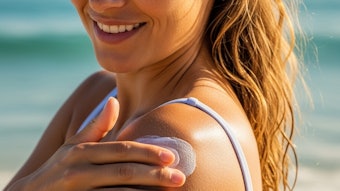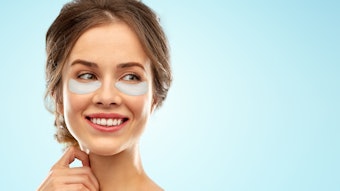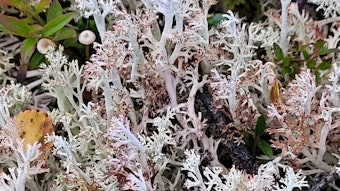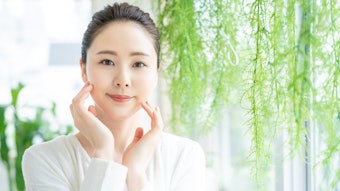Many researchers have implicated UV light as causing hair damage. This damage to the hair can be manifested in a number of ways including loss of color and tensile strength, the degradation of disulfide bonds and an increase in hair surface roughness. As consumer awareness about photodamage to hair has increased, sun protection products are expected more than ever to perform in a more visually perceptible way. However, the UV protection products for hair care in the current marketplace, mainly monomeric and adopted from skin care, lack substantivity and water solubility. Thus, they do not possess conceivable UV protection efficacy.
Polyamide-2a, a photoprotective polymer, was specifically designed for UVB and UVA protection of hair. This article reviews the detrimental effects of each range of UV light to hair and then presents the experimental results showing the sun protection performance of polyamide-2 for both hair morphology and artificial hair color fading. Finally, photostability, an important subject for all sunscreen products, will be discussed in detail.
Ultraviolet radiation is divided into three primary regions: UVC (<290 nm), UVB (290-320 nm) and UVA, including UVA II (320-340 nm) and UVA I (340-400 nm). Of the three ranges of UV radiation, the shortest wavelength, UVC, is filtered out by the stratosphere and is not likely to contribute to the photodamage reactions of hair proteins. UVB radiation is the primary cause of natural photodamage since the most significant chromophores in hair proteins absorb UVB. Photodegradation of hair is believed to follow the photolysis mechanism proposed by Togyesi. Cystine, tyrosine, phenylalanine and tryptophan absorb UVB radiation, resulting in the formation of free radicals. Homolytic scission of disulfide bonds occurs. Dryness, reduced tensile strength, rough surface texture, brittleness and hair color bleaching are the direct consequences from UVB induced hair photodegradation. Although UVA is not the primary cause of UV damage to hair, scientists have found that visible and UVA light are largely responsible for artificial hair color fading. In summary, both UVB and UVA radiation play a role in the photodamage of hair, the former associated with deteriorated hair integrity and the latter leading to dye fading.










